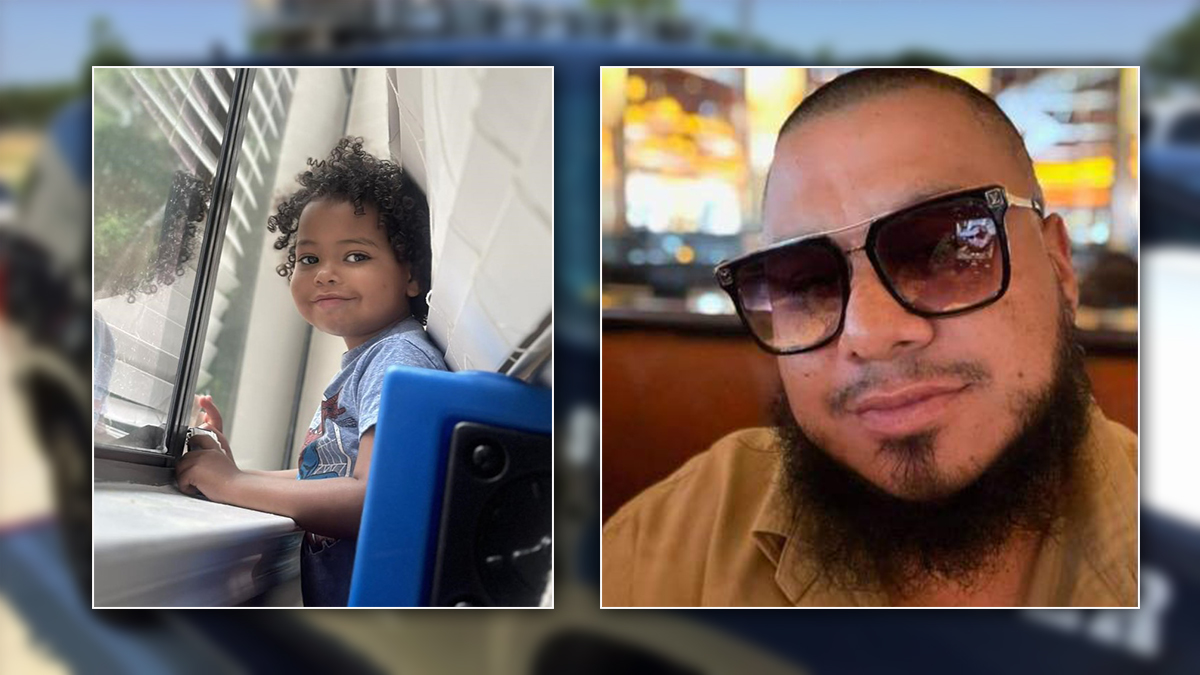Texas beachgoers are on alert after two people recently became infected by a flesh-eating bacteria in the water.
The vibrio bacteria is found in warm salt water, and it can be deadly.
Updated numbers from the Texas Department of State Health Services show that as of Wednesday, June 29, there have been 28 confirmed cases of vibrio infections so far this year.
Forty-three percent of infected patients contracted the bacteria in the water, according to the state health department.
State officials said the most recent case was confirmed in Harris County on Tuesday.
However, state health officials could not immediately say whether the number includes the two cases out of Galveston because the cases are reported to the state by the health departments in the county where the patient resides, not where he or she was infected.
They also say there could be more cases that are under investigation at a local level but have not been reported yet to the state level.
Local
The latest news from around North Texas.
One person in Texas has died from vibrio infection this year, though state officials declined to say where the person lived or how he or she became infected.
Vibrio lives in certain coastal waters and is present in higher concentrations between May and October when water temperatures are warmer, according to the Centers for Disease Control and Prevention.
Certain vibrio species can cause a skin infection when an open wound is exposed to brackish or salt water. The bacteria can enter the body through minor cuts, insect bites or scrapes and produce a toxin that kills the soft tissue at the site of entry.
Kaitlyn Sachs, 26, of Plano, was infected by a flesh-eating bacteria, likely vibrio vulnificus, during a trip to Cancun in 2014.
She traveled to Mexico for a friend's wedding and went swimming in the hotel pool and in the ocean the day before the ceremony and reception.
"It was the morning of the wedding. We were all getting ready and I started to notice that I was having some fever and chills. I just kind of shook it off and said, 'OK, I'll be fine. I can make it through the wedding,' and during the actual ceremony is when it started to get a lot worse," said Sachs.
She described the pain in her leg as excruciating and over the next 24 hours, her symptoms – including, a fever of 104 degrees, chills and soreness – worsened.
Her mother picker her up from the airport the next day and immediately drove her to the hospital.
"The minute that she saw me when I got off the plane, she knew something was really wrong because my leg was at least three times its normal size," said Sachs.
Doctors don't know how the bacteria got into her body but said it can enter through a cut as small as a nick from a razor.
"That's why it's very important when you have a cut or scrape, immediately use a topical ointment so that way the cuts can heal," said Dr. Nikhil Bhayani, an infectious disease physician at North Hills Hospital.
He also stressed the importance of seeking medical attention if you notice symptoms of infection such as fever, chills, localized redness or swelling of the affected area.
"We're seeing an increase in this. It's becoming more prevalent, which means people have to be more vigilant," said Bhayani.
Doctors were able to remove all the infected tissue from Sachs' leg.
"My main concern was, 'Am I going to have a leg when I come out of surgery?' And I kept asking the doctors that and they kept promising that I would," said Sachs.
After a two-week hospital stay, plus eight weeks at home recovering, Sachs is grateful to be at full strength an entire year later.
"I realized how lucky and fortunate I am because the other outcomes are a lot worst," she said.
Doctors urge beachgoers to inspect the sand for shells or sharp objects that may puncture your skin.
Also, research the area where you're vacationing to see if it has a recent history of infection from flesh-eating bacteria, and clean your body after swimming in the ocean.
2015 had one of the highest Vibrio cases, totaling 102, the highest number in the last decade, according to the Texas Department of State Health Services.
45 percent involved water contact.
Four people died from Vibrio infection in 2015.
Of those, three were exposed the bacteria by consuming tainted shellfish.
The fourth person was exposed to the bacteria while outside of the state, but died upon returning to Texas.
According to health officials, people don’t typically become exposed to the bacteria by swallowing ocean water.
Exposure through consumption usually happens when someone eats raw shellfish, particularly oysters.



